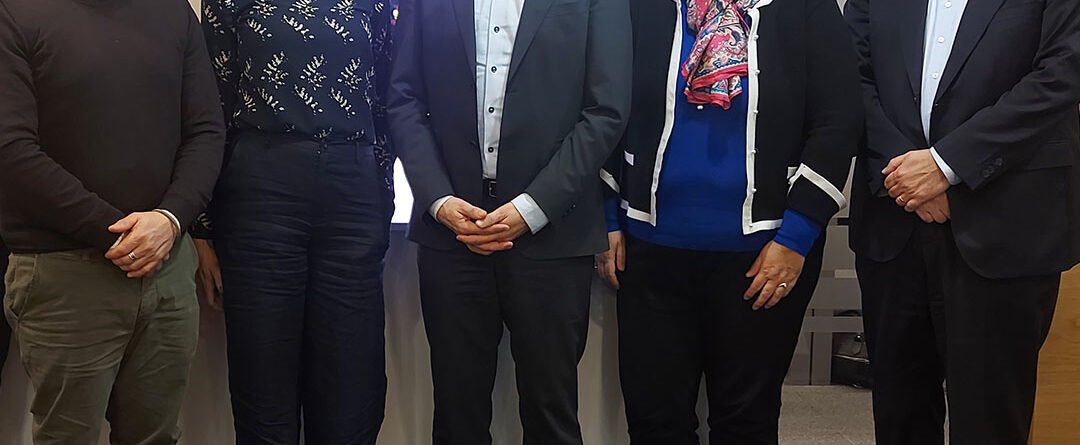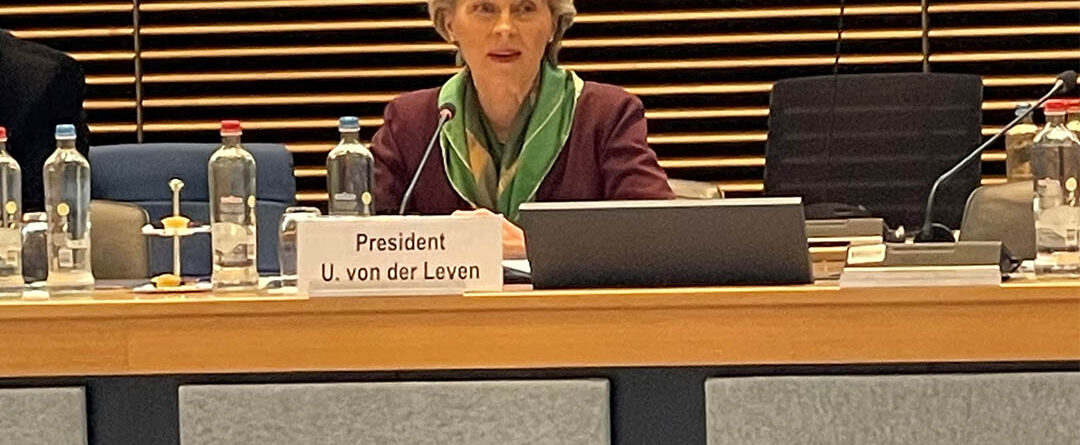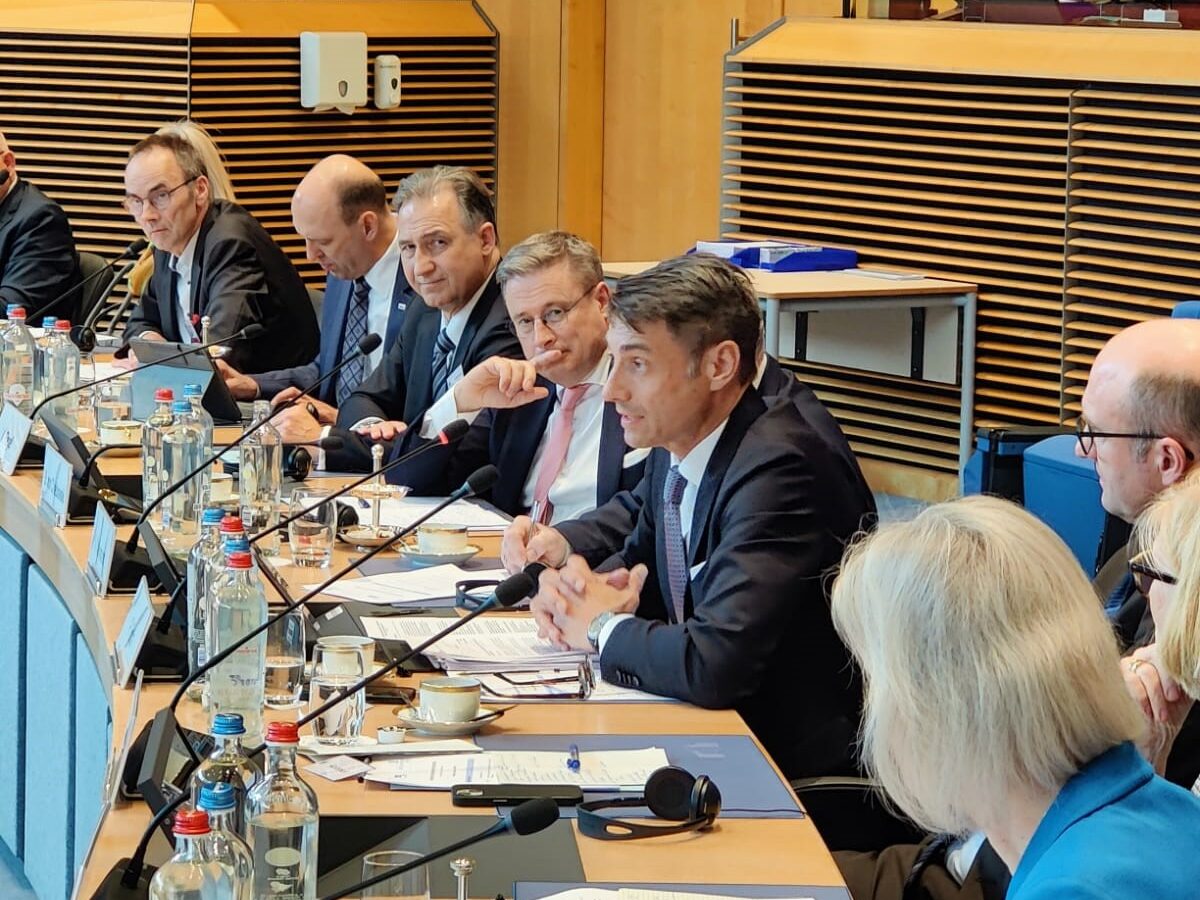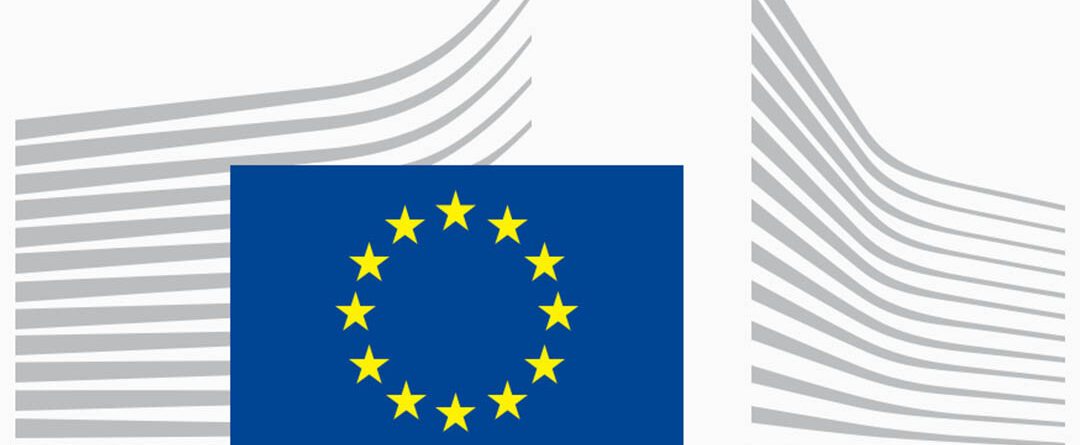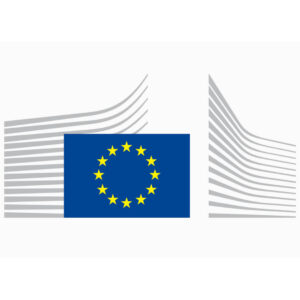The 14th Florence Intermodal Forum, held in October 2024, culminated in a recently published comprehensive report summarizing the event’s key discussions and actionable outcomes. Organized by the Florence School of Regulation and DG MOVE of the European Commission, the forum addressed the critical theme of road safety, with a particular focus on the utilization of data from connected vehicles for public benefit. The outcomes, published in December 2024, provide a clear direction for leveraging digital technologies to enhance safety, sustainability, and efficiency in road transport.
KEY OUTCOMES
Connected Vehicle Data's Role / The forum underscored the transformative potential of connected vehicle data in achieving the EU’s Vision Zero target of eliminating road fatalities by 2050. The publication emphasized that data generated by these vehicles can:
- Detect hazardous areas through real-time monitoring.
- Support evidence-based urban planning for safer infrastructure.
- Improve emergency response by providing accurate crash and location data.
Need for Sector-Specific Regulation / Discussions revealed the necessity for sector-specific legislation to address challenges associated with connected vehicle data:
- Balancing commercial interests with the public good.
- Guaranteeing data privacy and cybersecurity while ensuring data accessibility.
- Establishing clear roles and responsibilities among stakeholders for data management and usage.
The report highlighted the need for a unified European framework to overcome fragmentation in national regulations, ensuring data interoperability and facilitating cross-border safety measures.
CITA President’s Contribution / Gerhard Müller, President of CITA, provided key insights into the implications of connected vehicle data for sovereign vehicle inspections. His comments, highlighted in the publication, advocated for:
- Establishing non-discriminatory access to vehicle data for safety and emissions compliance.
- Recognizing the ownership of data by drivers rather than manufacturers, ensuring fairness and transparency.
- Creating a “Trust Centre” model to manage secure data access and maintain consumer trust.
Müller emphasized that “only if vehicle testing and inspection methods keep pace with the development of new technologies can we manage risks, detect manipulations, and maintain a high level of road safety and environmental protection.”
The forum highlighted key obstacles like high costs, technical challenges, lack of standardization across the EU, and limited capacity of local authorities to utilize data effectively. To maximize the benefits of connected vehicle data, the report suggests fostering public-private cooperation, supporting local authorities with investments, and ensuring legislation adapts swiftly to technological changes.
This publication serves as a vital resource, guiding policymakers, industry leaders, and public authorities in harnessing the power of connected vehicle data to achieve the EU’s ambitious road safety goals.
CITA remains at the forefront of these efforts, advocating for a balanced approach to regulation and innovation that prioritizes public safety while fostering competitiveness in the automotive industry.


